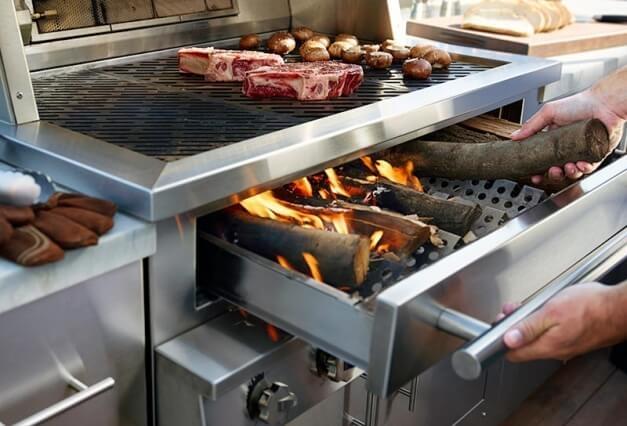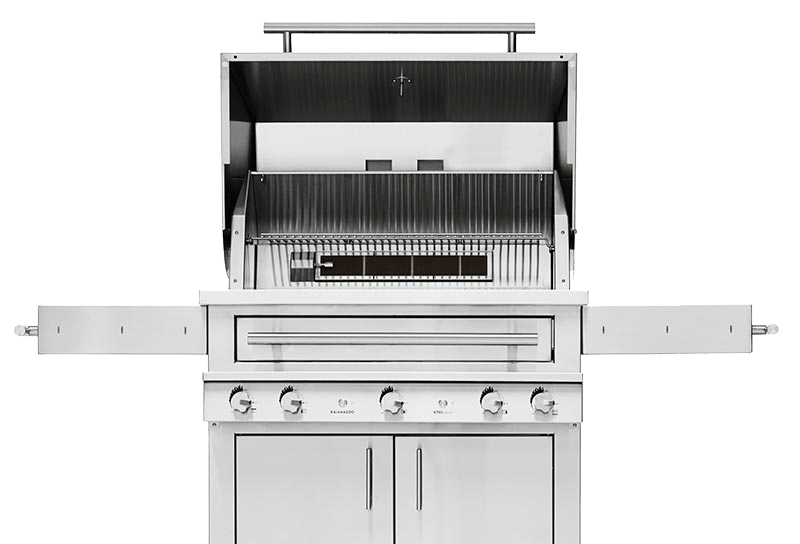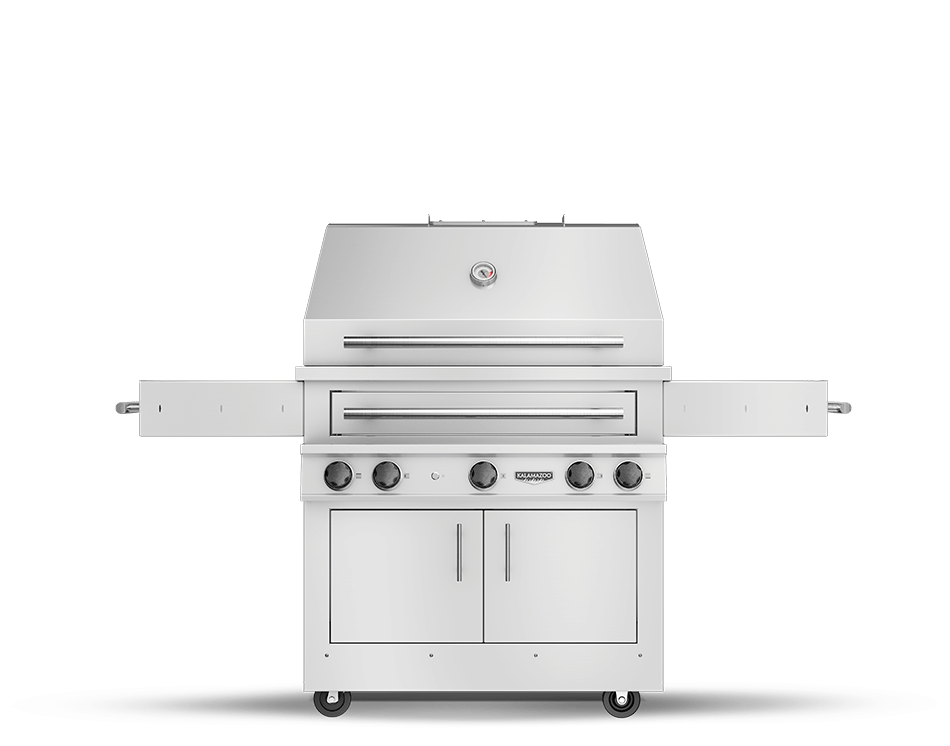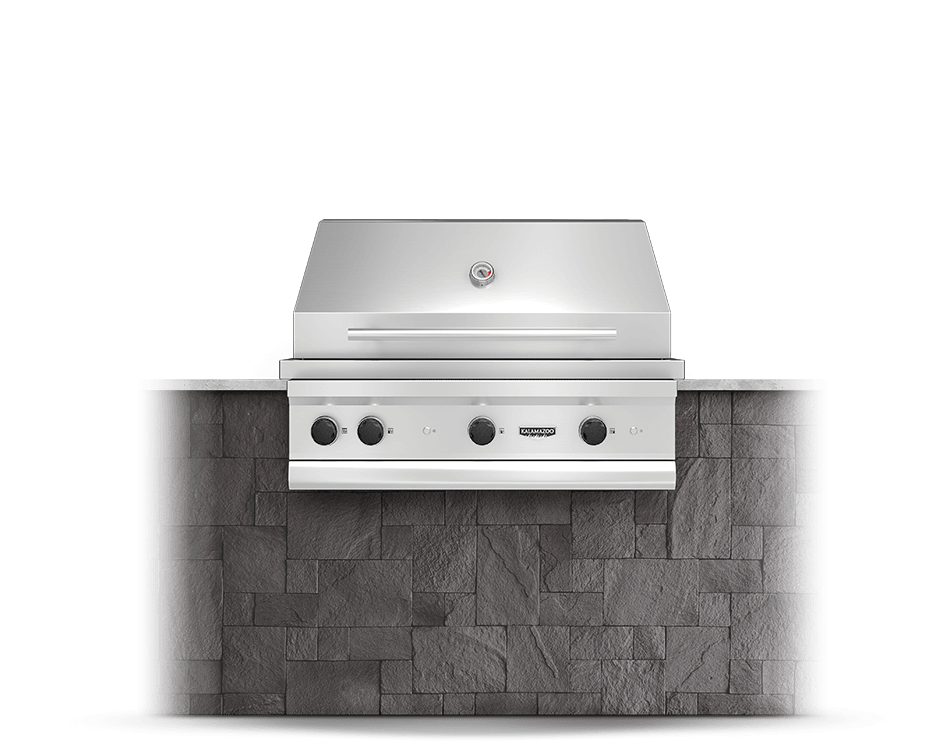
If you’re in the market for a new grill, one of the most important aspects to consider is its size. Here are some helpful things to keep in mind when looking for the right size for you.
First off, cooking surfaces are measured in primary square inches. That’s your main cooking area. It can be as small as 250 square inches to more than 1,000 square inches. Our Hybrid Fire Grills range from 506 to 1,012 square inches.
Consider how many people you’ll typically be grilling for, but try not to let that be the only deciding factor. Don’t always assume that if you’re only cooking for yourself and a couple family members, you should automatically downsize. A larger grill may be needed in order to perform different techniques.
When you think about traditional grilling, you probably envision direct grilling – or, cooking right above the fire. But if you plan to do a lot of indirect grilling – that is, cooking your food next to the fire, rather than directly over it – you’ll need a grill with enough space.
Simply put, there’s always going to be a very hot part of the grill with heat directly below it. With indirect grilling, you just don’t put the food there. It needs to go on another part of the cooking surface, so more space is needed.
You’ll need an indirect zone left over that is big enough to handle the food you’re cooking. The food should not get too close to the heat.
To illustrate, in order to roast a butterflied chicken perfectly, you need at least 600 square inches, and a grill configured so that the heat can be delivered under just half of that area. The chicken is placed on the other half, which is the indirect grilling zone. Our K750 Hybrid Fire Grill has 726 square inches, which is plenty of space for this method.
 The Kalamazoo K750 Hybrid Fire GrillExtra space is also needed so that you don’t overcrowd your grill. Even with direct grilling, you should always keep at least 25-30 percent of your grill clear at all times. This is your “safety zone.” It’s an area with no fire below it where you can move food when you need to slow your cooking down a bit. Also, if you start experiencing flare-ups, you’ll need to be able to move your food into the safety zone.
The Kalamazoo K750 Hybrid Fire GrillExtra space is also needed so that you don’t overcrowd your grill. Even with direct grilling, you should always keep at least 25-30 percent of your grill clear at all times. This is your “safety zone.” It’s an area with no fire below it where you can move food when you need to slow your cooking down a bit. Also, if you start experiencing flare-ups, you’ll need to be able to move your food into the safety zone.
As we always say, the magic really happens when you can combine direct and indirect grilling techniques. To combine these methods, you need a very hot direct zone plus an indirect zone with even heat. Our approach to grilling a thick ribeye is a good example of this technique.
For more on direct and indirect grilling, Kalamazoo grillmaster Russ Faulk offers a helpful guide.
And don’t forget about the warming rack. This is your secondary cooking space. We recommend that it’s removable so that you can take it out if you need to give larger meats – such as a whole turkey – enough room to sit on the grill with the hood closed.
If you plan on cooking side dishes along with the entrée, you may want to consider a side burner with your grill.
Bottom line: look for a grill that will give you some flexibility. Giving yourself enough room to experiment with different grilling methods is always a good idea.
For more on what to look for when purchasing a new grill, Meathead Goldwyn with Amazing Ribs wrote a thorough piece that’s definitely worth reading.





